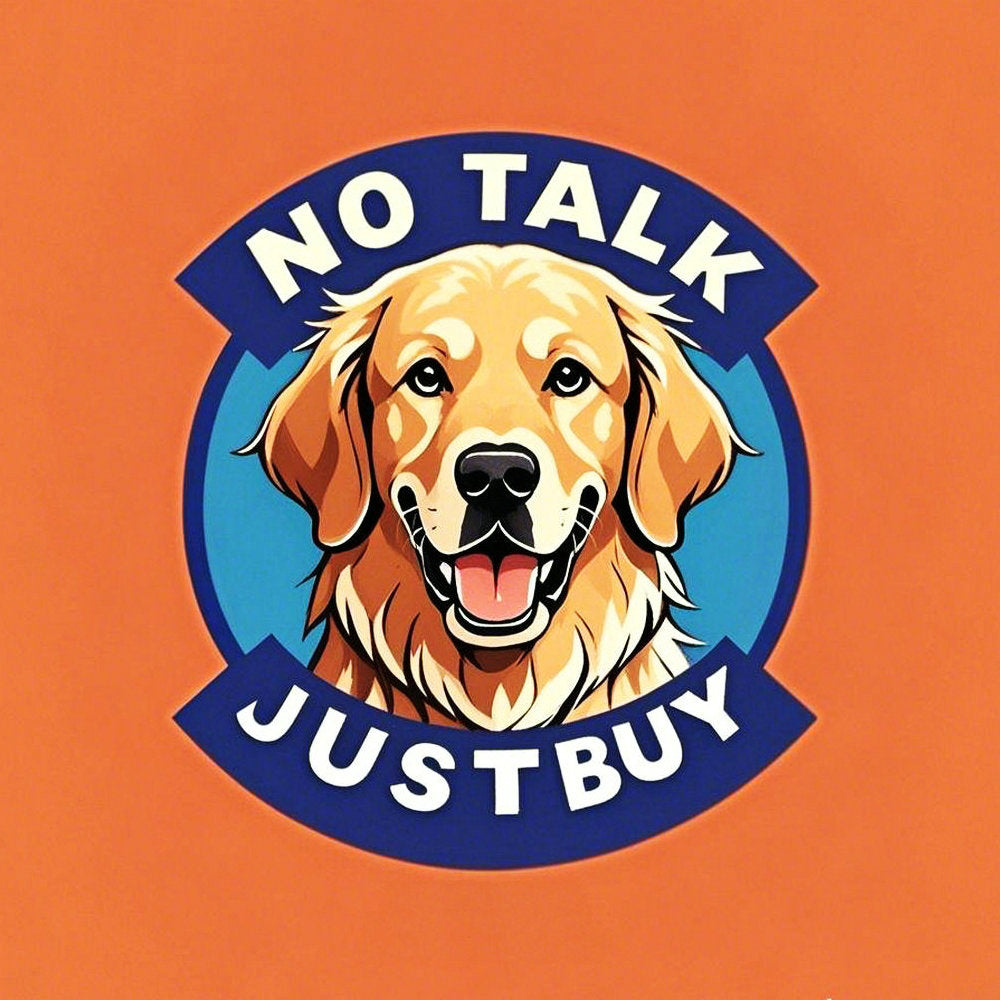How Dogs Have Shaped Human History and Cultures
The dog is a familiar household pet in many parts of the world. It is also a companion, working animal and hunting buddy. Because of their loyal and loving nature, dogs hold a place of honor in Western culture. However, in some regions of the world dogs are considered to be livestock and beasts of burden. This article looks at the relationship between humans and dogs, including how dogs have shaped human history and cultures.
A dog can add a unique tone, perspective and narrative voice to a story that would be difficult to convey in the hands of a human. As a result, writers have long used animals as their narrators and protagonists in fiction. When creating a dog character for a story, authors should consider how "human" they want the animal to be in its behavior and emotional responses.
Using an animal as the narrator of a story requires the author to think outside the box and create situations that might be difficult for a human to endure. For example, the dog narrator of a story might need to be in operating rooms at a hospital, in jail cells in a county lockup or miles beneath the sea in a military submarine. In some cases, the canine narrator might need to be trained to do tasks that a human could not perform, such as swimming or running a race.
Dogs and their role in human societies are a fascinating subject for research. For instance, paleontologists and archaeologists have discovered a mammal that looked like a weasel, but it evolved into the ancestor of today's dogs, jackals, wolves and foxes. It then gave rise to the first true dog, a species called Cynodictis.
In modern times, more than 400 different breeds of dogs have been developed from wild wolves through a process called artificial selection. This involves selecting pups for certain characteristics, restricting breeding to the best performers and choosing among them over generations. The end results are a new phenotype that is referred to as a breed or a landrace, depending on the location of origin of the region of selection.
Regional landraces of dogs with specialized characteristics, such as rough or smooth coats or distinctive coloring, are often referred to as “heritage” breeds. These phenotypes may not reflect any biological evolution. Instead, their appearance may reflect a change in selective pressures. For example, shepherds in various pastoralist societies might select puppies for their ability to guard livestock or lead a sled team of humans on packed trails. This reflects an increase in artificial selection and is not natural selection.

